
How to Use UVM30A: Examples, Pinouts, and Specs
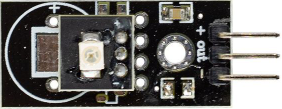
 Design with UVM30A in Cirkit Designer
Design with UVM30A in Cirkit DesignerIntroduction
The UVM30A is a high-performance operational amplifier (op-amp) designed for precision signal processing applications. It offers low noise, high gain, and a wide bandwidth, making it an ideal choice for applications requiring accurate and reliable signal amplification. The UVM30A is commonly used in audio systems, instrumentation, and control systems where signal integrity is critical.
Explore Projects Built with UVM30A
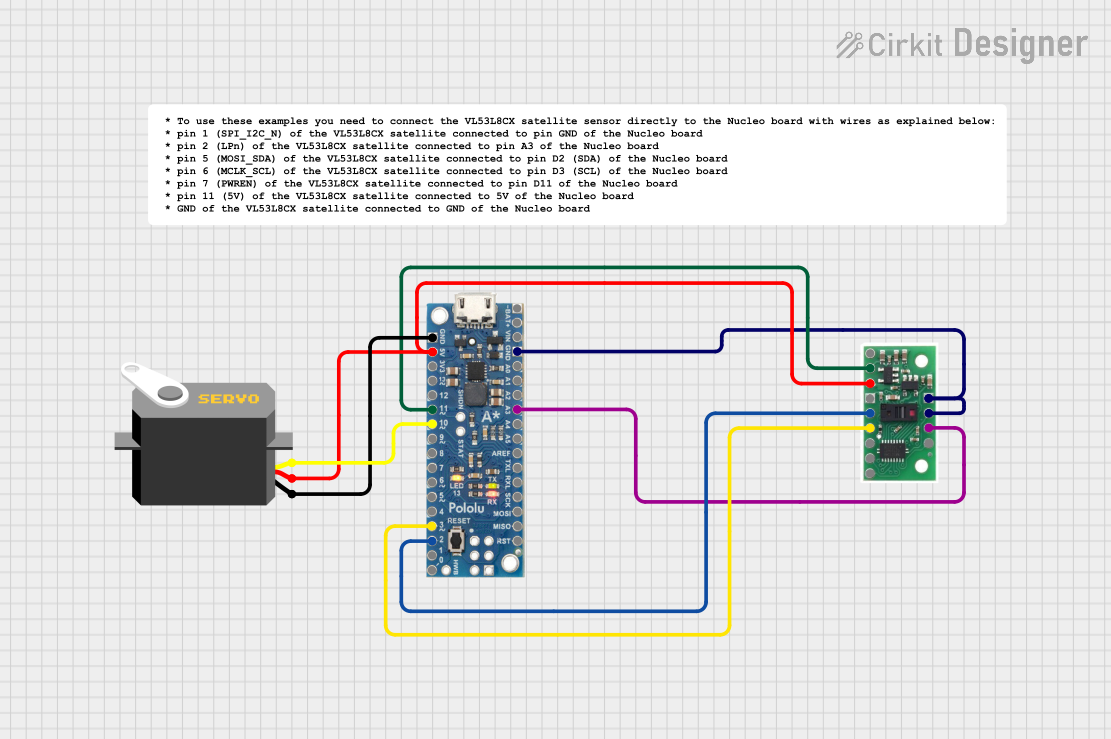
 Open Project in Cirkit Designer
Open Project in Cirkit Designer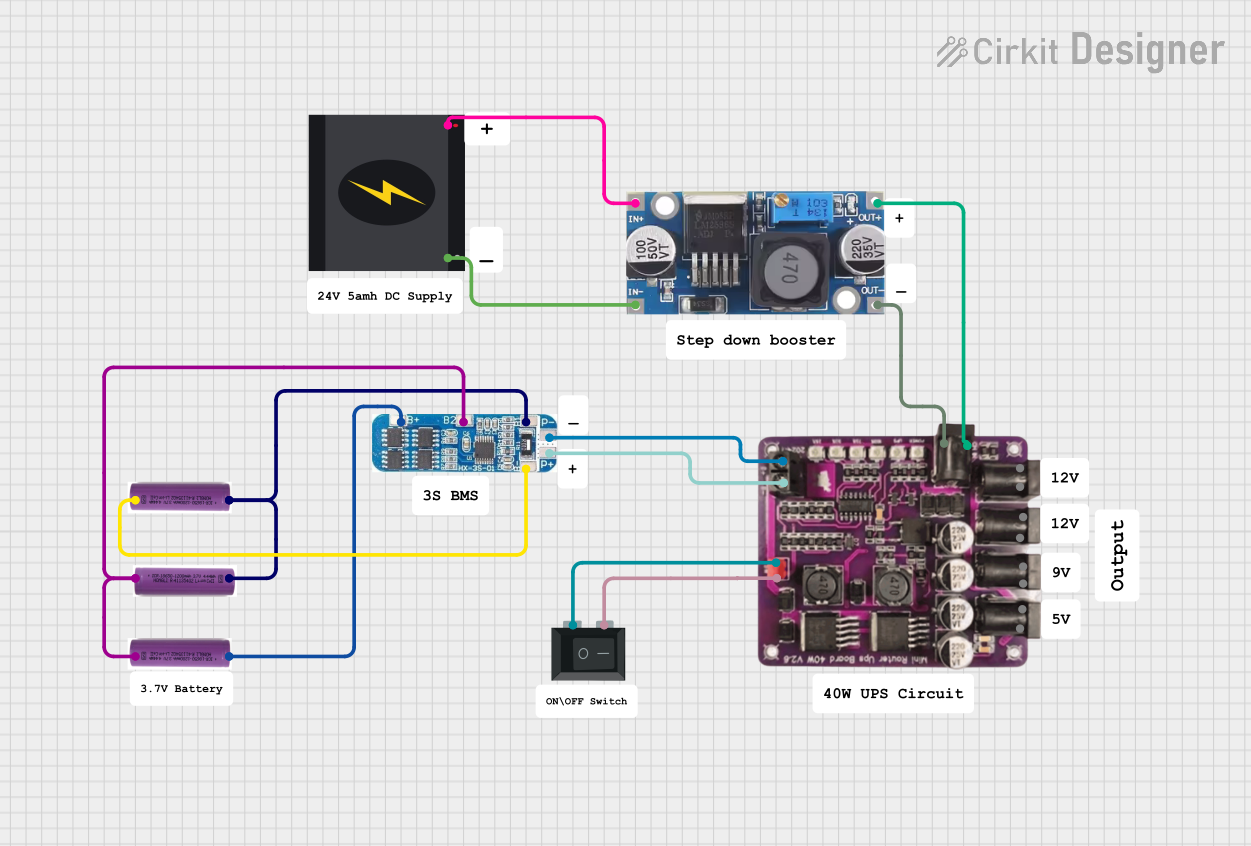
 Open Project in Cirkit Designer
Open Project in Cirkit Designer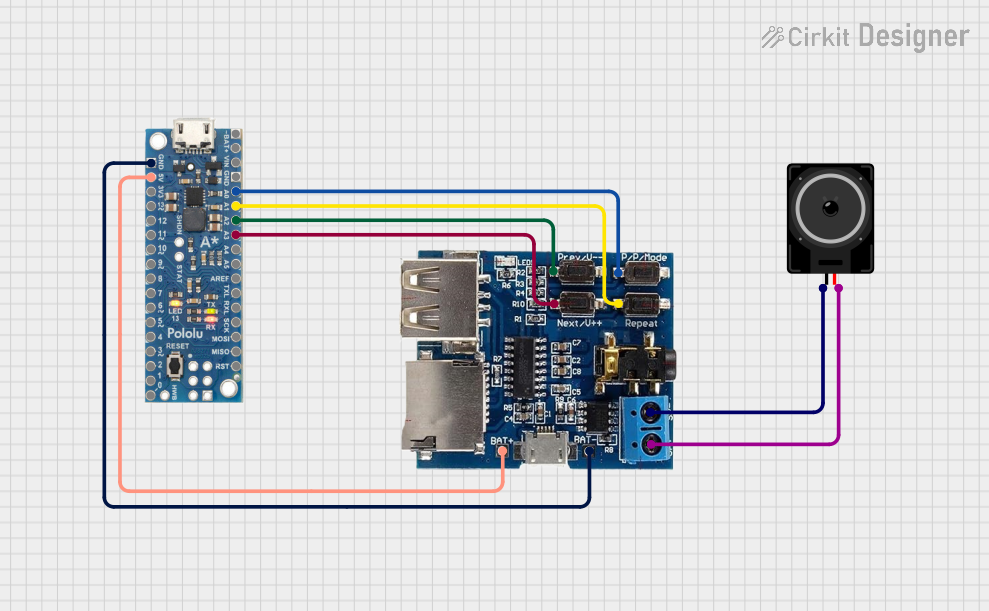
 Open Project in Cirkit Designer
Open Project in Cirkit Designer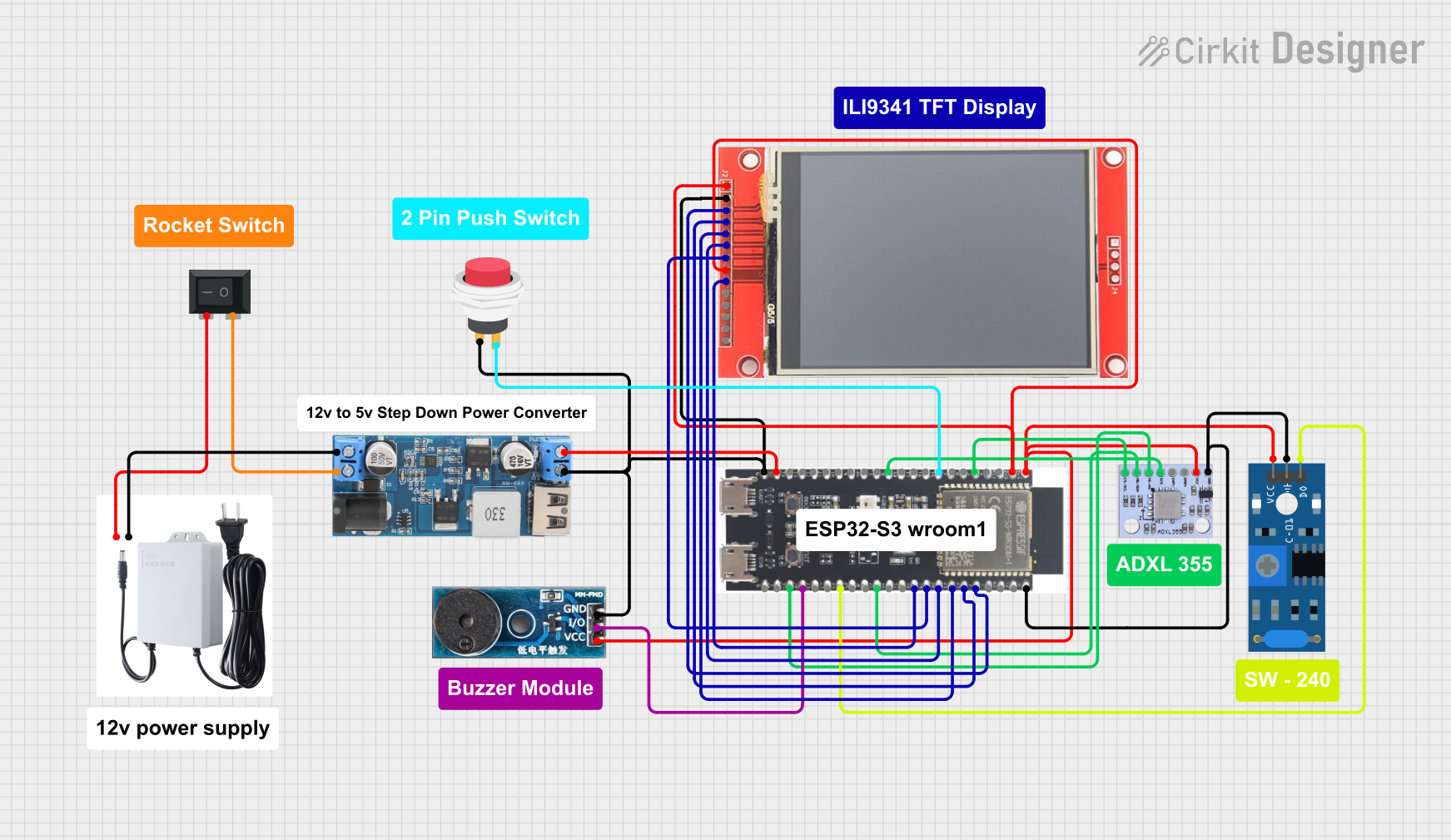
 Open Project in Cirkit Designer
Open Project in Cirkit DesignerExplore Projects Built with UVM30A

 Open Project in Cirkit Designer
Open Project in Cirkit Designer
 Open Project in Cirkit Designer
Open Project in Cirkit Designer
 Open Project in Cirkit Designer
Open Project in Cirkit Designer
 Open Project in Cirkit Designer
Open Project in Cirkit DesignerCommon Applications:
- Audio signal amplification
- Precision instrumentation
- Control systems
- Analog signal processing
- Active filters and oscillators
Technical Specifications
The UVM30A is engineered to deliver exceptional performance in demanding applications. Below are its key technical specifications:
| Parameter | Value |
|---|---|
| Supply Voltage Range | ±3V to ±18V |
| Input Offset Voltage | ≤ 1 mV |
| Input Bias Current | ≤ 50 nA |
| Gain Bandwidth Product | 10 MHz |
| Slew Rate | 0.5 V/µs |
| Input Impedance | ≥ 10 MΩ |
| Output Impedance | ≤ 100 Ω |
| Noise Density | 4 nV/√Hz @ 1 kHz |
| Operating Temperature | -40°C to +85°C |
| Package Type | DIP-8, SOIC-8 |
Pin Configuration and Descriptions
The UVM30A is typically available in an 8-pin package. Below is the pinout and description:
| Pin Number | Pin Name | Description |
|---|---|---|
| 1 | Offset Null | Used for offset voltage adjustment |
| 2 | Inverting Input (-) | Inverting input terminal for the op-amp |
| 3 | Non-Inverting Input (+) | Non-inverting input terminal |
| 4 | V- (Negative Supply) | Negative power supply terminal |
| 5 | Offset Null | Used for offset voltage adjustment |
| 6 | Output | Output terminal of the op-amp |
| 7 | V+ (Positive Supply) | Positive power supply terminal |
| 8 | NC (No Connection) | Not connected internally |
Usage Instructions
The UVM30A is versatile and can be used in a variety of circuit configurations. Below are general guidelines for using the component effectively:
Basic Circuit Configuration
To use the UVM30A in a basic amplifier circuit:
- Connect the power supply to the V+ (Pin 7) and V- (Pin 4) terminals. Ensure the supply voltage is within the specified range (±3V to ±18V).
- Connect the input signal to the inverting (Pin 2) or non-inverting (Pin 3) input, depending on the desired configuration (inverting or non-inverting amplifier).
- Use appropriate resistors and capacitors to set the gain and bandwidth of the amplifier.
- Connect the output (Pin 6) to the load or subsequent stage of the circuit.
Important Considerations
- Power Supply Decoupling: Place decoupling capacitors (e.g., 0.1 µF ceramic and 10 µF electrolytic) close to the power supply pins to reduce noise and ensure stable operation.
- Offset Adjustment: Use the offset null pins (Pins 1 and 5) with a potentiometer to minimize input offset voltage if required.
- Thermal Management: Ensure the component operates within the specified temperature range (-40°C to +85°C) to avoid performance degradation.
Example: Connecting UVM30A to an Arduino UNO
The UVM30A can be used with an Arduino UNO for signal amplification. Below is an example of a non-inverting amplifier circuit:
Circuit Description:
- The UVM30A amplifies an analog signal (e.g., from a sensor) and outputs it to the Arduino's analog input pin for further processing.
Arduino Code:
// Example code for reading an amplified signal from the UVM30A
// connected to an Arduino UNO analog input pin.
const int analogPin = A0; // Analog pin connected to UVM30A output
int signalValue = 0; // Variable to store the analog signal value
void setup() {
Serial.begin(9600); // Initialize serial communication at 9600 baud
}
void loop() {
signalValue = analogRead(analogPin); // Read the amplified signal
Serial.print("Signal Value: "); // Print the signal value to the serial monitor
Serial.println(signalValue);
delay(100); // Delay for 100 ms before the next reading
}
Best Practices:
- Use precision resistors and capacitors to maintain signal accuracy.
- Avoid long wires for input signals to minimize noise pickup.
- Shield the circuit if operating in a noisy environment.
Troubleshooting and FAQs
Common Issues and Solutions
No Output Signal:
- Verify the power supply connections and ensure the voltage is within the specified range.
- Check the input signal and ensure it is properly connected to the op-amp.
Distorted Output:
- Ensure the gain is set correctly and does not exceed the op-amp's capabilities.
- Check for proper decoupling of the power supply to reduce noise.
High Offset Voltage:
- Use the offset null pins (Pins 1 and 5) to adjust and minimize the offset voltage.
Overheating:
- Ensure the component is operating within the specified temperature range.
- Check for excessive current draw due to incorrect circuit design.
FAQs
Q1: Can the UVM30A be used for audio applications?
Yes, the UVM30A's low noise and high gain make it suitable for audio signal amplification.
Q2: What is the maximum gain I can achieve with the UVM30A?
The maximum gain depends on the external resistor configuration, but ensure the gain-bandwidth product (10 MHz) is not exceeded.
Q3: How do I minimize noise in my circuit?
Use proper power supply decoupling, short signal paths, and shielded cables to reduce noise.
Q4: Can I use the UVM30A with a single power supply?
Yes, the UVM30A can operate with a single supply, but ensure the input signal is biased appropriately to stay within the op-amp's input range.